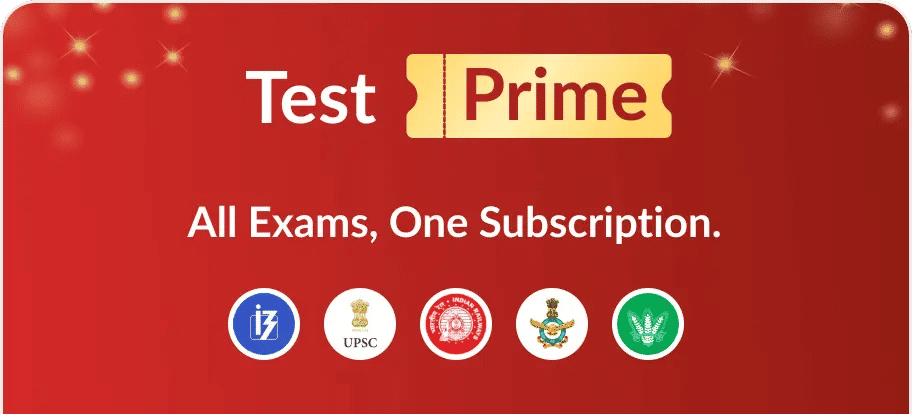Correct option is A
The correct answer is (a) 2023
Explanation:
- Phase II of the eCourts Project officially concluded in 2023, marking the completion of the ICT enablement of District and Subordinate Courts.
- This was followed by the approval of Phase III by the Union Cabinet in 2023. The focus now is on further strengthening the digital infrastructure of the judiciary.
Information Booster:
eCourts Project Overview:
The eCourts Project aims to transform the Indian judiciary by integrating Information and Communication Technology (ICT) into the court system. It was conceptualized based on the National Policy and Action Plan for ICT implementation in the judiciary, formulated by the eCommittee, Supreme Court of India.
- eCommittee was formed to help develop this policy and provide advice on technological changes and management.
- The project is pan-India, monitored and funded by the Department of Justice, Ministry of Law and Justice, Government of India, with a focus on District Courts across the country.
Vision & Objectives:
- Efficient Citizen-Centric Service Delivery: To provide time-bound, transparent, and accessible services.
- Decision Support Systems: To develop, install, and implement systems to aid decision-making in courts.
- Process Automation: To ensure transparency and accessibility of information.
- Enhancing Judicial Productivity: Making the justice system more affordable, accessible, cost-effective, predictable, reliable, and transparent.
Phases of eCourts Project:
Phase I (Completed in 2015):
- 14,249 Court Sites were computerized.
Phase II (Ongoing):
- 18,735 District and Subordinate Courts have been computerized.
Major Initiatives under the eCourts Project:
- Case Information Software (CIS): Developed using customized Free and Open-Source Software (FOSS).
- National Judicial Data Grid (NJDG): Launched in 2015 to monitor case pendency and disposal in High Courts and Subordinate Courts.
- Virtual Courts: As of July 2022, 20 Virtual Courts are operational across 16 States/UTs, utilizing video conferencing for hearings.
- eFiling System: For electronic submission of legal papers with features like online Vakalatnama submission, eSigning, and online video oath recording.
- eSewa Kendras: To overcome the digital divide, eSewa Kendras provide e-filing services to lawyers and litigants.
- National Service and Tracking of Electronic Processes (NSTEP): Enables technology-enabled process serving and issuing summons, implemented in 28 High Courts.
- S3WAAS Website: A secure, scalable, and accessible website to aid divyang (differently-abled) users, available in 13 regional languages.
Phase III of eCourts Project:
- Duration: 4 years
- Budget: ₹2,038.40 crore
- Key Goals:
- Digitization of 3,108 crore documents, including legacy and pending cases.
- Digital Infrastructure Enhancement: Establish 2500 new modern, virtual-friendly courts and 1150 virtual courts.
- Expansion of eSewa Kendras: Establish 4,400 eSewa Kendras across court complexes.





 English
English 80 Questions
80 Questions 60 Mins
60 Mins

